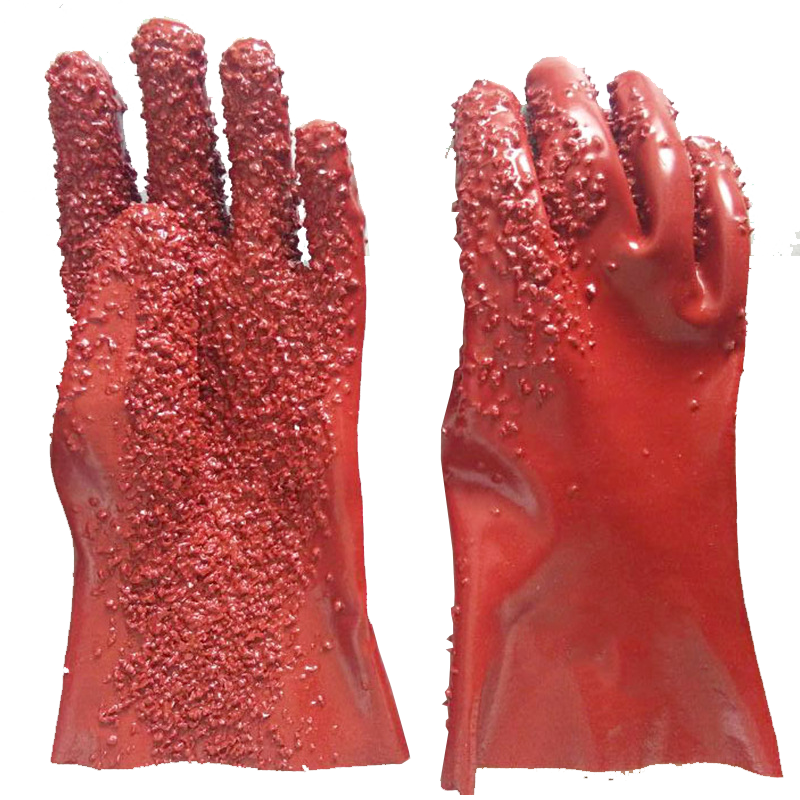How to Judge if Safety Gloves Are Invalid?
Author:Gloves Addtime:2024-01-16 17:14:55 Click:
Safety gloves are a crucial element of personal protective equipment, providing a barrier between hands and potential workplace hazards. However, like any protective gear, gloves have a lifespan and can become ineffective over time. It's essential to know how to judge if safety gloves are invalid to ensure workers maintain adequate protection. Here are key factors to consider:
1. Visible Signs of Wear and Tear:
Cracks, Cuts, or Holes: Inspect gloves for visible signs of wear, such as cracks, cuts, or holes. These can compromise the integrity of the gloves and reduce their protective capabilities.
2. Loss of Elasticity:
Stretched or Deformed:
Safety gloves often rely on elasticity for a snug fit. If gloves appear stretched or deformed, they may no longer provide the necessary level of protection. Check for loss of elasticity in the material.
3. Fading or Discoloration:
Changes in Color: Fading or discoloration of the material can indicate degradation. UV exposure, chemicals, or prolonged use may lead to changes in color, signaling potential weakness in the glove material.
4. Reduced Grip or Traction:
Loss of Tactile Sensitivity: Safety gloves should maintain an adequate grip and tactile sensitivity. If there's a noticeable reduction in grip or the ability to feel objects, it could indicate that the gloves are no longer effective.
5. Chemical Exposure:
Incompatibility with Chemicals: Safety gloves designed for specific chemical resistance should be checked for signs of degradation after exposure to chemicals. Swelling, softening, or changes in texture may indicate that the gloves are no longer suitable for chemical protection.
6. Insufficient Size or Fit:
Tightness or Looseness: Ill-fitting gloves can compromise protection. Check for any changes in size or fit. Gloves that are too tight may tear, while loose gloves can slip off during use.
7. Manufacturer's Expiry Date:
Check Expiry Information: Some gloves have a designated expiration date provided by the manufacturer. Always check for this information and adhere to it, as gloves may lose their effectiveness beyond the specified date.
8. Incomplete Seams or Stitching:
Inspect Seams: Thoroughly examine seams and stitching. If there are signs of incomplete seams or loose stitching, it can weaken the overall structure of the gloves and render them ineffective.
9. Comfort and Flexibility:
Noticeable Discomfort: If wearers experience discomfort or reduced flexibility while wearing the gloves, it may indicate that the material has deteriorated or lost its original properties.
10. Performance Testing:
Conduct Regular Tests: Depending on the type of safety gloves, consider periodic performance testing. This could include checking puncture resistance, abrasion resistance, or other relevant factors specified by the glove manufacturer.
Regular inspections, adherence to manufacturer guidelines, and proper storage can significantly extend the life of safety gloves. Knowing how to judge if safety gloves are invalid is crucial for maintaining a safe and protected work environment. When in doubt, it's always safer to replace gloves that show signs of wear or compromise to ensure continuous worker safety.
